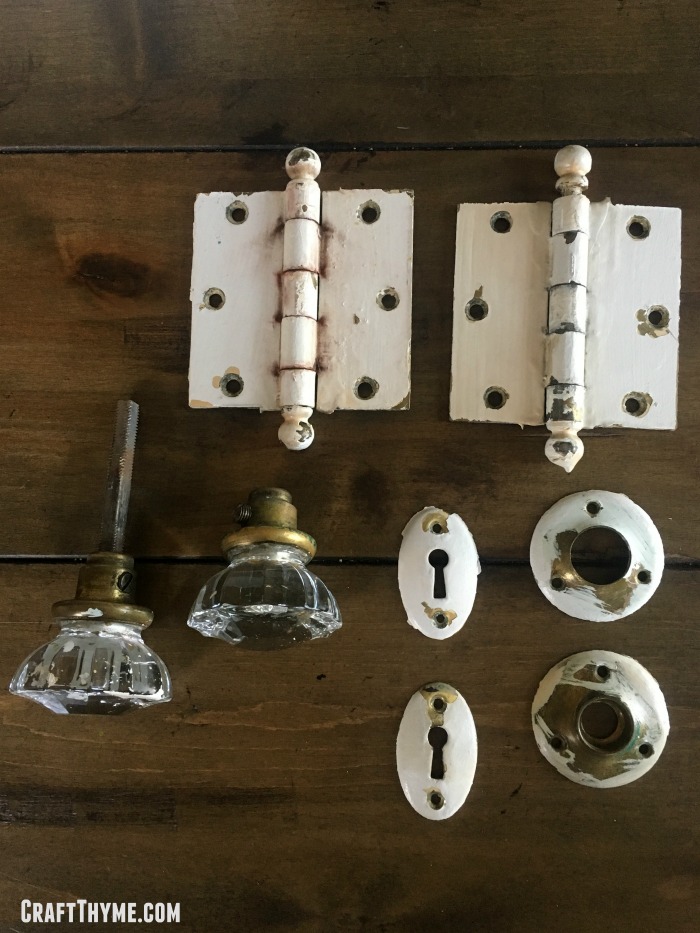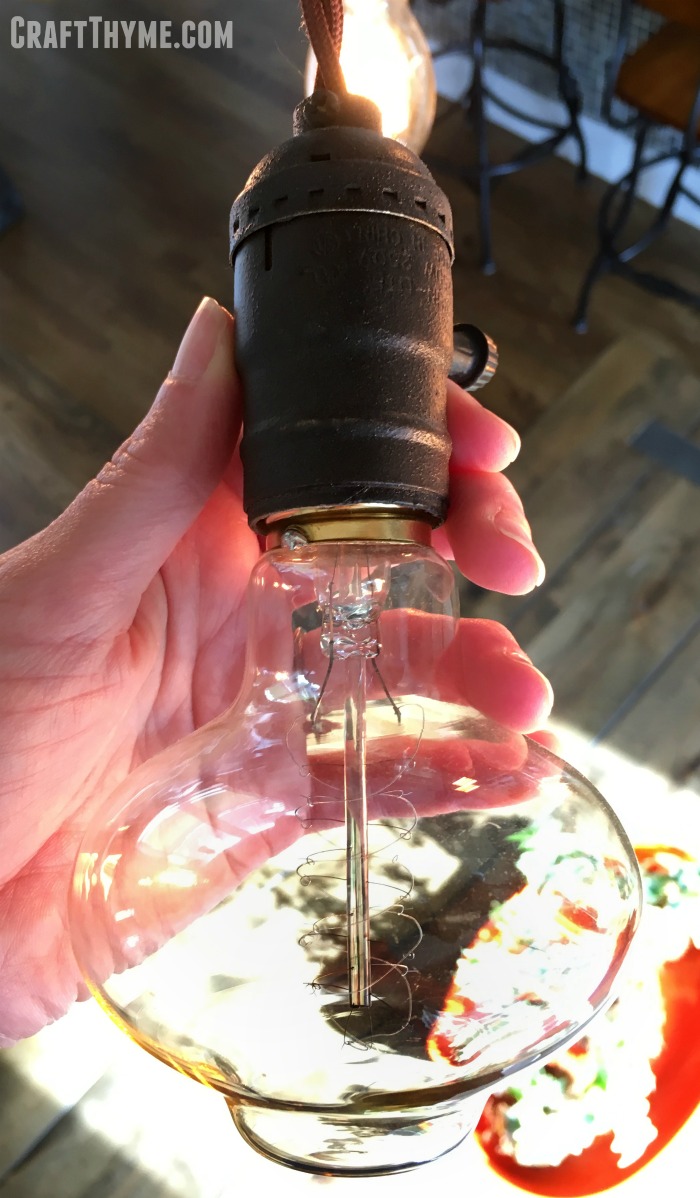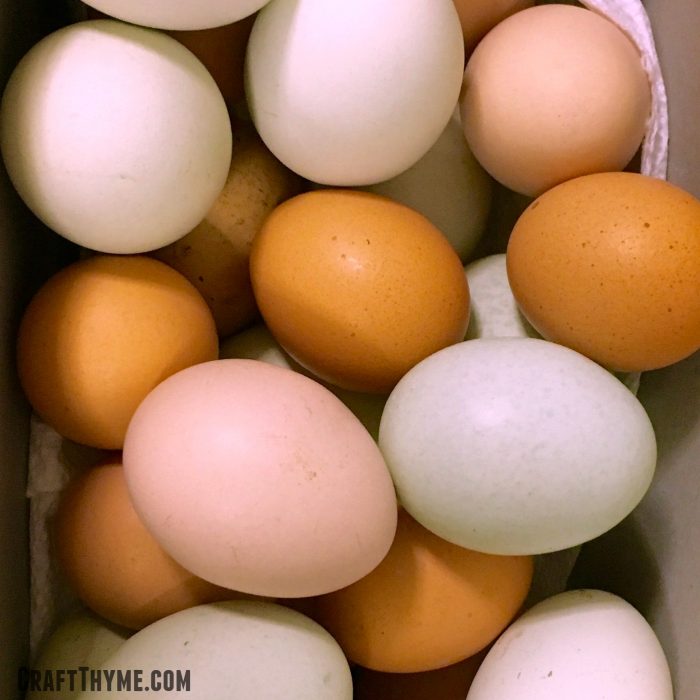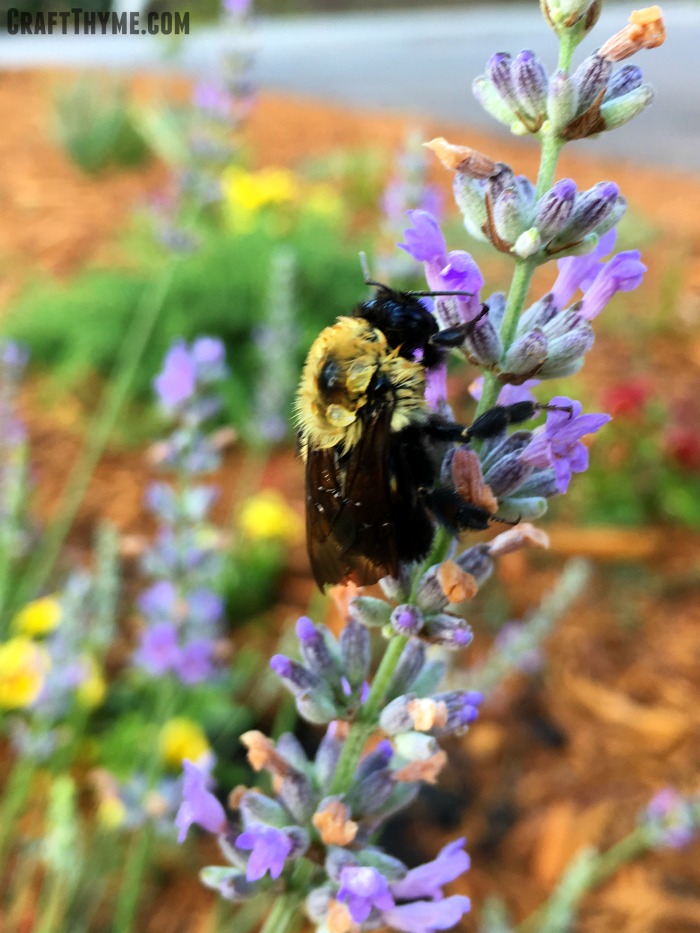
In a post from a long time ago and far, far away I chose to use SoyGel paint stripper by Franmar over CitriStrip paint remover. I had taken a notion to remove 6 layers of paint from brick and I pitted CitriStrip vs SoyGel and Soygel won. It was a notion that turned out fabulously, but took forever. SoyGel was cost effective and had a great workability that was perfect for a vertical brick wall. Fast forward a few years and I find myself drawn to, yet, another old house. And what do old houses have in common? Layers of paint. Lots and lots of layers of paint.
This time around I find myself wanted to recover some beautiful brass hardware from thick layers of old yellowed paint. We decided to paint our closet door black, and yucky yellowed hinges were just not going to cut it. I immediately said to Adam that we need SoyGel ‘like stat’. To which he calmly replied, have you seen how much this stuff is on Amazon?
It appears, in the intervening years from my 20’s to 30’s SoyGel has increased in price and CitriStrip has gone down. Better yet, CitriStrip was available at the big box store right down the road. I’m impatient at the best of times, so generally the item I can grab today is more likely to be bought. PLUS it gave me a chance to make the comparison of CitriStrip versus SoyGel when it comes to removing paint.
If you want to read all about working with SoyGel you can go get the deets here. Otherwise I’ll highlight the differences below.
CitriStrip vs Soygel
CitriStrip has a great smell! In fact it is a little disconcerting to feel like you should be eating something that is clearly meant to remove paint. So for scent alone it is a winner, though SoyGel doesn’t smell bad like chemical stripper. The consistency was thinner than SoyGel which made painting it on the hardware a little easier. The thick gel texture of SoyGel (Methinks that perhaps they got the name from this observation) was perfect for glopping on brick, but would likely be a pain to cover small intricate detail. So I’ll give the CitriStrip bonus points for this application.
BUT there is a big but here: CitriStrip just didn’t pack as powerful a punch. It looked like it was working, paint bubbling up in a pleasant, wipe me off kind of way, BUT (see I told you I would deliver) when I actually went to remove it the CitriStrip had removed one layer. ONE. Well okay, maybe I didn’t leave it on long enough or use the right tools. So I put another layer of CitriStrip on and set the timer for another 30 minutes.
I spent the time cutting in the walls of the second living room while Adam focused on the corners. I heard my alarm sound on the phone, turned it off and continued merrily painting. This gave the CitriStrip plenty of time to work it’s magic. But once bitten, twice shy; I wasn’t going to take chances this time and brought out the big guns: Steel Wool. BUT… Another single layer of paint removed… Oh boy only two more to go! I thought I had potentially coated the paint with removed paint thereby causing a paint seal or paintception. So I washed the entire thing off and started again. With similar results.
I actually went back and reread my previous post on SoyGel. I remember the mantel being a breeze to remove but I couldn’t recall how long I had let the SoyGel set. Trying to make this a fair comparison I took the CitriStrip and coated the hardware in one more thick coat and plopped it in a plastic bag to sit overnight. Well, that worked! I was able to just rub off the paint and wash everything with soap and water. I took a little more steal wool to shine up some of the brass.

So the final consensus for CitriStrip versus SoyGel? Well it really depends on your money, time frame, and patience. I personally think that SoyGel was much more powerful up front, but for a small job CitriStrip certainly did it. My final consensus on which is better? It depends on the application. If you want something quick, cheap, and effective but you’ll need to really scrape and let it sit overnight? Well CitriStrip works fine. But SoyGel would still be my go-to if I decide to bring to strip all the paint off a large item like a fireplace or door.

































